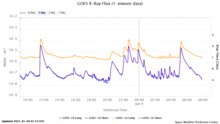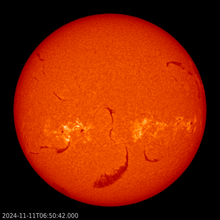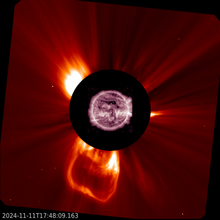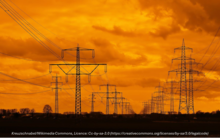news
Submitted on 2025-01-03
NOAA 3947 has been the source of several X- and M-class flares over the last 48 hours. ***Updated (2)***
Submitted on 2024-12-29
Coronal mass ejections, associated with a series of M- and X-class flares on 29 and 30 December, have resulted in a severe geomagnetic storm. ***UPDATED (4)***
Submitted on 2024-12-09
An X2 flare was associated with a particular feature at radio frequencies.
Submitted on 2024-12-05
NL - FR
“Signal received” After a smooth launch that was postponed by one day, operators and scientists waited to receive a first sign of life from the Proba-3 satellites.
Submitted on 2024-11-29
NL - FR
Proba-3 is the latest ESA mission to be launched in December, 2024. The exploitation of ASPIICS, the instrument imaging the solar corona, is in the hands of the Royal Observatory of Belgium (ROB), where the associated scientific research will also be coordinated.
Submitted on 2024-11-25
Last week was marked by a surprise proton event, with its source on the Sun's farside.
Submitted on 2024-11-18
NL - FR
November 2019: The Solar-Terrestrial Centre of Excellence (STCE) launches an unprecedented service that alerts pilots and air traffic controllers.
Submitted on 2024-11-18
An interesting filament eruption took place in the Sun's southern hemisphere on 11 November.
Submitted on 2024-11-13
A summary of the impacts on the power grids during the 10-11 May 2024 geomagnetic storm, as presented during last week's ESWW.
Submitted on 2024-11-08
After a small delay due to problems with transport, the two satellites finally made it to India. They landed safely on November 5 to be transported to the launch site in Chennai. There, the final preparations for launch are ongoing. Currently the launch of Proba-3 is planned for December 4.
Pages
Zircon - This is a contributing Drupal Theme
Design by
WeebPal.

























































